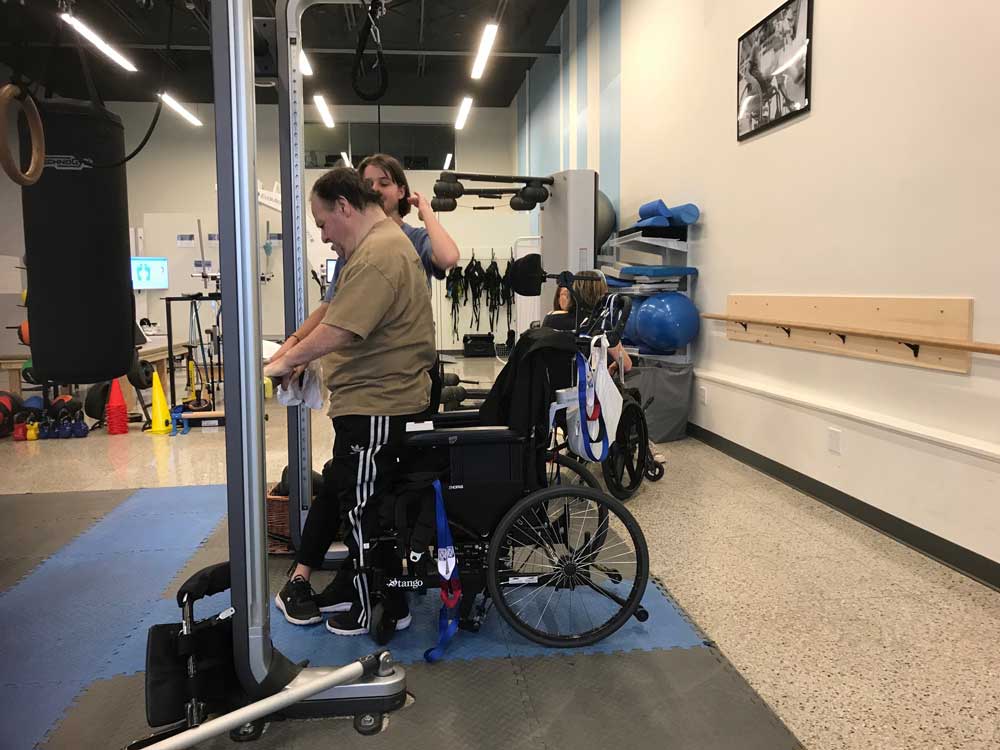Treatment for loss of balance and falls:
Why is there a lack of balance? Why do we fall? What can be done to improve the situation?
First of all, it is important to know that maintaining balance relies on several systems. These systems send information to our central nervous system to allow us to perform the right actions and thus maintain our position. Everything is done without us having to think about it. Among these systems, the one located in the inner ear is called the vestibular system. It is responsible for information about the position and movements of the head. The somatosensory system, on the other hand, sends information about the contact of the feet with the ground, about the position of the ankle and foot joints. It is also called proprioception.
Next, we are familiar with the visual system. It is the one that transmits data from our environment through our eyes. Finally, the muscular system carries out actions, such as protective reflexes, to maintain balance.
All this information is processed by the central nervous system (spinal cord, cortex and cerebellum) which coordinates the movements to be performed to maintain balance. If one of these systems malfunctions, we can experience loss of balance and even falls. We will therefore need to target which system is affected, and how to rehabilitate or compensate for it with other systems.
For more information on balance systems, you can visit this page.




How is the balance re-educated? It can be a matter of strengthening our weakened muscles or exercising our proprioception (balance in space). In addition to these two types of interventions, walking, yoga and flexibility exercises are commonly used in physiotherapy and kinesiology to rehabilitate balance problems.
Technology is becoming increasingly important in this area1. For example, standing support platforms can be used to create imbalance situations by testing your reflexes. Other devices are designed to stimulate the body’s response that it is no longer able to transmit, such as weight transfer or foot positioning. The G-EO System walking robot, the KINE-SIM balance disruption robotic platform and the Jintronix interactive game are examples of technologies used at Neuro-Concept. They allow a new kind of balance training that is fun and playful.
Our physiotherapists will evaluate your balance and develop a program adapted to your condition and needs, using specific interventions and targeted tools.
Reference:
- Shen & Mak (2015), Technology assisted balance and gait training reduces falls in patients with Parkinson’s disease: a randomized controlled trial with 12-month follow up, Neurorehabilitation and Neural repair, vol. 29, no 2, p. 103-111

